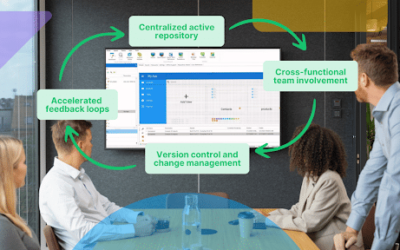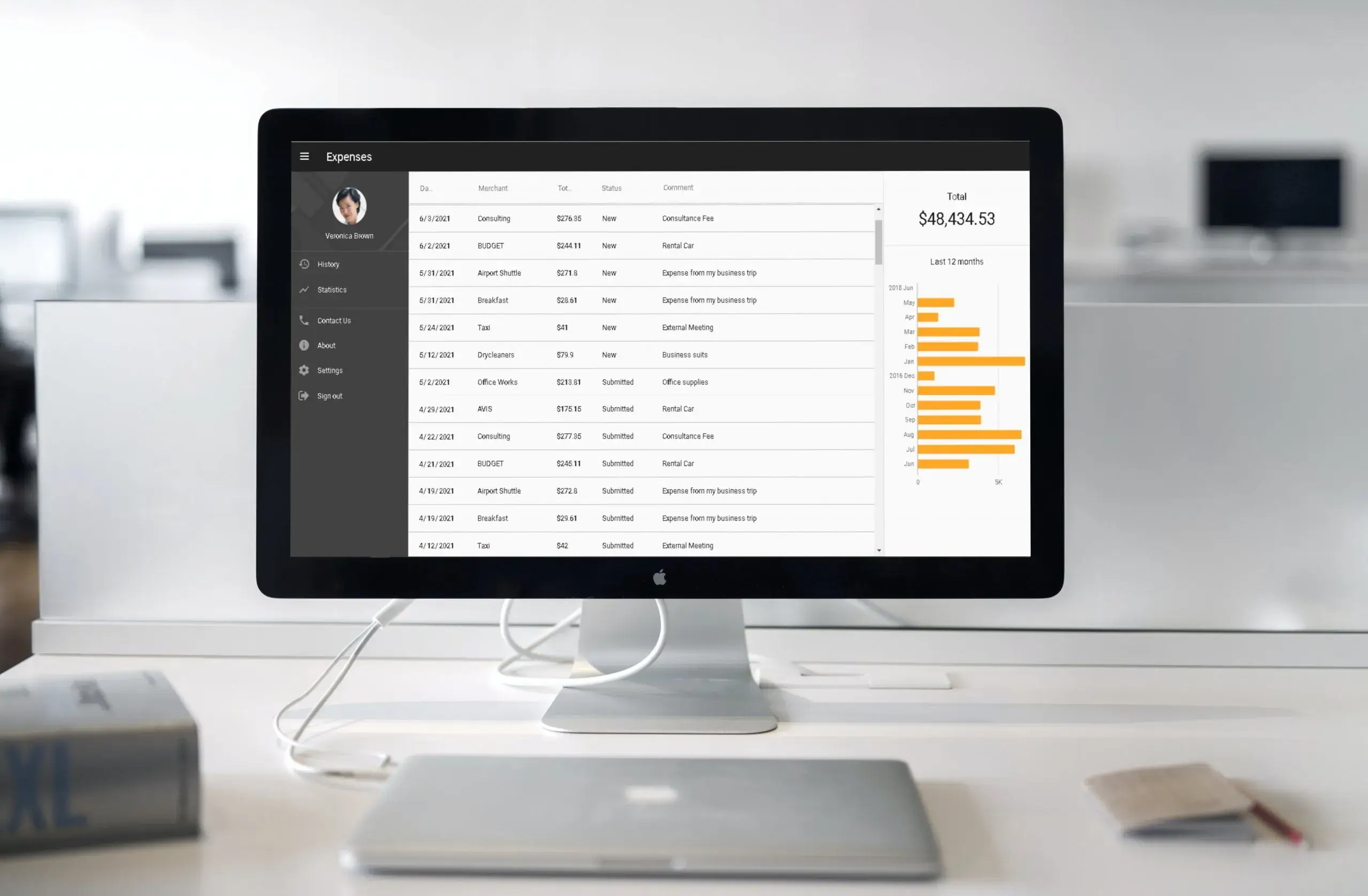The enterprise environment is shifting in enormous ways, and with the recent onset of COVID-19—turning seemingly stable organizations upside down—resilience, brevity, and modularity will be the keys to a successful shift. A large part of this shift rests on a change in perspective from traditional software development to the adoption of low-code development platforms. Generally speaking, low-code utilizes a components-based, reusable, objects-oriented method of development coinciding with a WYSIWYG designer to increase developer efficiency.
With Visual LANSA, developers need to know only one language, RDMLX, to develop solutions with sophisticated user interfaces and experiences, consume and publish APIs, set up e-commerce solutions, and much more. Being able to sufficiently rely on one language enables organizations to expend less resources on hiring a team of full-stack developers to create a solution and more on cultivating their existing IT teams, business analysts, and programmer analysts to build delightful customer experiences for internal and external purposes.
But how does this all fit into the changing enterprise paradigm? Over the past few years, organizations have begun restructuring their operations. At first the systems approach was structured in rigidity, leaving little room for flexibility and scalability and making it more difficult to invest in an elastic technological future for organizations. With the advent of the “startup,” organizations large and small, for-profit and not-for-profit, began to realize that to maintain, much less increase, their competitive advantage, it is necessary to view the organizational structure similar to an evolving code base or a scalable application. Through that lens, we will increasingly see more organizations create dedicated arms to drive invention, product development, and modernization efforts for their organizations.
The key difference will be the utilization of low-code development platforms to accomplish what we consider on-demand development solutions—application solutions that are modular, contain reusable components, but most of all allow the flexibility for those with a high acumen for software development to develop complexity with ease and efficiency. LANSA believes there is a balance between the ability to rapidly prototype and deploy and the ability to iterate and grow a solution. We see our RDMLX developers creating a range of solutions from the highly complex, large-scale manufacturing operations monitoring to simple task-management applications deployed to a school district to help teachers keep track of student progress on assignments.
There are two very important happenings in the world right now, in large part exposed by the urgency of changing daily work life due to COVID-19, and in smaller part due to the salience of programming and web development in our everyday lives
1. Complexity must be made adaptable to a rapidly changing environment; resilience to inflexibility is and will be the continuing force that will grow low-code adoption.
2. The “Citizen Developer,” or rather Solutions Developer (that’s a blog for another day) , is not attempting to become a full-stack developer; they desire to design, prototype, build, test, and scale a solution for immediate problem resolution.
The two points above highlight why we have seen tremendous growth in the low-code market. It is not only for the sake of affordability. When low-code is implemented properly, existing frameworks begin to take new forms. Development of solutions becomes more design driven, complexity is broken down into a recyclable system, and data and processes are viewed as the core structures by which it is all held together.
With this mind-set is how LANSA is structuring itself for a future in which the development of web applications and software solutions is not predicated on having a computer science degree or an extensive background culminating with a certificate in a few development stacks.


























